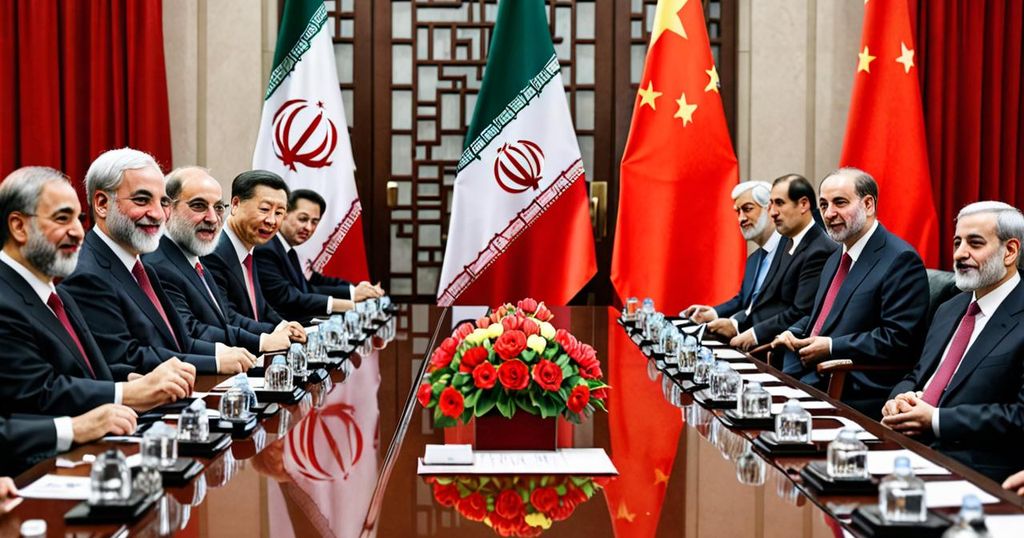The utilization of lidar technology is increasingly widespread across various industries, with a particular focus on the advancement of autonomous vehicles and infrastructure mapping. However, the rapid expansion of Chinese companies in this market has raised concerns regarding potential security threats and the reliance on foreign technology.
Notably, Chinese technology firms such as Hesai, RoboSense, Seyond, and Livox have made aggressive strides into the global lidar market, capitalizing on state subsidies and procurement preferences. Hesai alone has secured over 47% of the global market share. This expansion has also drawn attention to the Chinese Communist Party’s (CCP) strategy of military-civil fusion, blurring the lines between private companies and the government to direct technological research and development for both commercial and military purposes.
A primary concern is the potential exploitation of Chinese lidar systems for espionage or cyberattacks due to their association with the CCP. Chinese companies are obligated to adhere to national security laws, requiring them to submit data to Chinese intelligence agencies at their request, even if operations are conducted overseas. This raises the potential for Chinese technology to serve as a vulnerability for intelligence collection and cybersecurity exploitation.
The United States and its allies have expressed grave concerns about the potential threat posed by Chinese lidar technology. Reports have emerged regarding Chinese-manufactured lidar designed to scan the environment and transmit data back to China, prompting concerns about the security implications of using Chinese technology. In response, the U.S. government has taken various steps to address these concerns, including investigating connections between Chinese lidar firms and the People’s Liberation Army and imposing sanctions on companies found to have ties to the CCP.
To mitigate the risks associated with Chinese lidar technology, several measures are being considered. Congress is being urged to examine the threat posed by untrusted lidar companies and consider imposing additional restrictions or regulations on them. The Department of Commerce is also being called upon to utilize its authorities to assess necessary regulatory actions to prevent Chinese lidar companies from jeopardizing U.S. cybersecurity interests. Additionally, there is a growing emphasis on expanding the trusted lidar-industrial base within the United States and its allies to offer alternatives to subsidized Chinese lidar companies.
If the U.S. government fails to address the potential security threats posed by Chinese technology, there is a risk of the nation’s automated future depending on untrusted systems, thereby jeopardizing national security and global competitiveness. It is imperative for the U.S. to take proactive steps to safeguard its critical technologies and infrastructure from potential exploitation by geopolitical adversaries.
In conclusion, the rapid expansion of Chinese lidar technology presents significant security challenges that necessitate addressing through a combination of regulatory measures, investments in domestic industries, and international collaboration. By taking proactive steps to address these concerns, the U.S. can work towards ensuring the security and resilience of its critical technologies and infrastructure.








